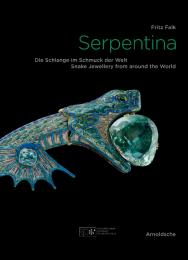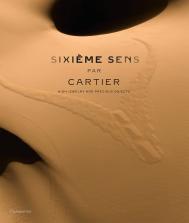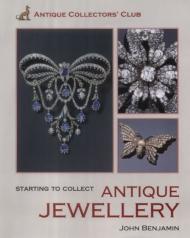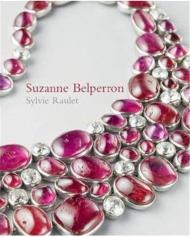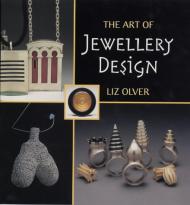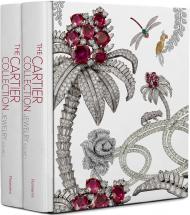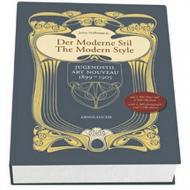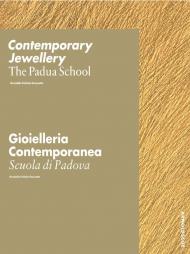Присвячена творчості одного з найвидатніших дизайнерів ювелірних прикрас 20 століття.
Сюзанна Белперрон була одним із найталановитіших і найвпливовіших дизайнерів ювелірних прикрас 20 століття. Натхненні відкриттям її особистих архівів у 2007 році, автори цієї книги створили перший том, присвячений життю та творчості цього відомого паризького ювеліра. У 1919 році Бельперрон працював модельєром і дизайнером Жермен Буавен. Вона зробила величезний внесок в успіх Maison Rene Boivin, але в 1932 році вирішила покинути компанію. Саме зі своїм колегою Бернардом Герцом, відомим торговцем дорогоцінним камінням і перлами, Белперрон вперше знайшла свободу відмовитися від традиційного дизайну та виробництва ювелірних виробів. Захоплюючись кольоровими каменями, незалежно від їх вартості, вона створювала надзвичайно інноваційні твори, на відміну від стандартних творінь того часу, які були переважно незграбними та оправленими в платину. Її прикраси були настільки оригінальними, що вона ніколи не підписувала свої вироби, натомість наполягаючи на тому, що «мій стиль — це мій підпис». Дійсно, авангардний стиль Бельперрон обожнювався «модниками» її часу.
Її роботи часто з’являлися в Harper's Bazaar і Vogue, а серед її клієнтів були більшість європейських королівських осіб і аристократів, а також банкіри, модельєри, інтелектуали та американські кінозірки. Відомо, що герцог Віндзорський, Ротшильди, Ельза Скіапареллі, Ніна Річчі, Колетт, Малет Стівенс, Ганна Вальска та Гарі Купер часто відвідували паризьку майстерню Бельперрона. Сьогодні Бельперрон часто імітують, і відсутність підпису на її роботах може ускладнити їх ідентифікацію та датування. Тому відкриття її особистих архівів мало величезне значення і зробило цю публікацію важливим довідником для ентузіастів Сюзанни Бельперрон і ювелірних виробів загалом.
Сільві Рауле, випускниця історії, графічний дизайнер і журналіст, співпрацювала з такими журналами, як «Beaux-Arts», «L'Objet d' art», «Harper s Bazaar» і «Vogue». Вона є автором кількох книг: «Bijoux Art Deco» (1984), «Van Cleef & Arpels» (1986, 1997), «Bijoux des annees 1940-1950» (1987), «Salon indien» (1996) і «Cristal de roche» (1999). Рухомий рідкісним ентузіазмом до ювелірних виробів, Олів’є Баруан навчався в Луврі та увійшов у світ професійного мистецтва в 1987 році, коли йому було всього 17 років. У 2001 році він також став спеціалістом із антикварних ювелірних виробів. Зачарований мистецтвом та особистістю Сюзанни Бельперрон, він придбав увесь її особистий архів у 2007 році. Його знання Сюзанни Бельперрон і майже щоденна перевірка її книги замовлень дозволяють йому без двозначності відстежувати її оригінальні роботи, деякі з яких помилково приписували іншим ювелірам, а також виключати вироби, які досі помилково вважалися створеними нею.

